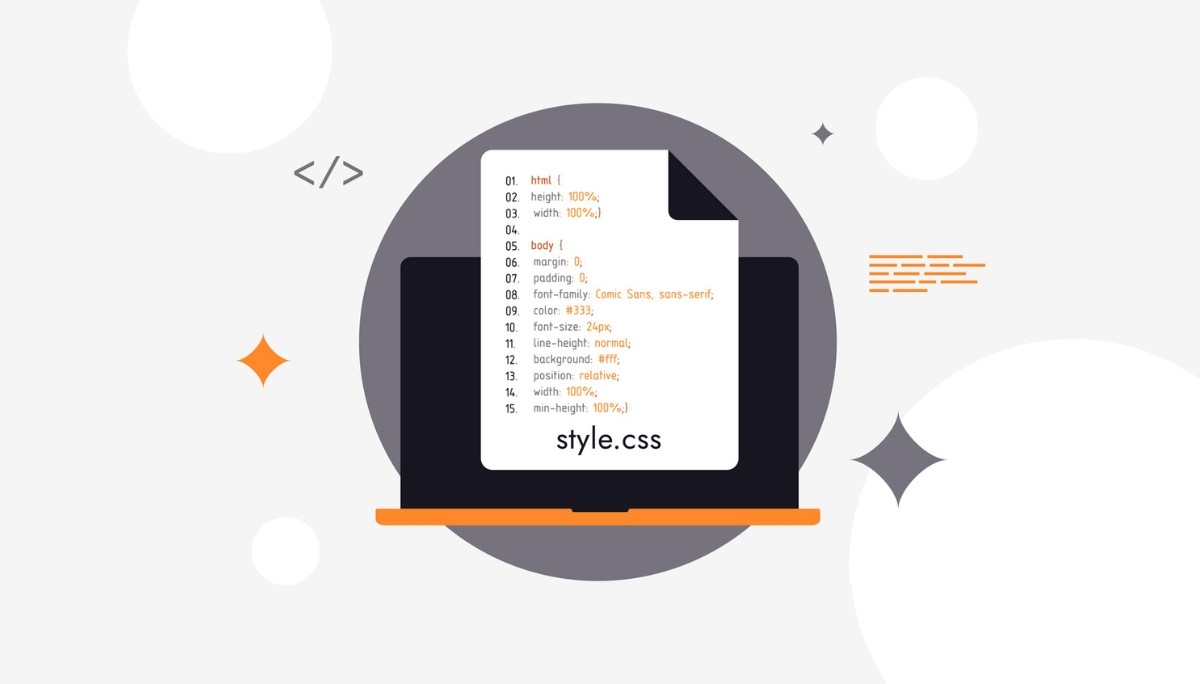What’s Wrong With Deep Learning for Guided Tree Search?
By
Samantha Cox
•
Jun 24, 2025
Deep learning faces several challenges when applied to guided tree search. Problems with result reproducibility, high computational demands, and data quality issues are just a few. In this article, we discuss what is wrong with deep learning for guided tree search and why traditional methods might sometimes be more effective.
Key Takeaways
Deep learning faces significant challenges in guided tree search, including issues with reproducibility, interpretability, and overfitting, often necessitating tailored solutions or traditional machine learning approaches.
The computational and data requirements for deep learning models make them resource-intensive and dependent on high-quality datasets, which can impede their effectiveness in guided tree search applications.
Fonzi offers an innovative hiring platform that connects companies with skilled AI engineers through a transparent, structured selection process, effectively addressing bias and reducing hiring time.
The Challenges of Deep Learning in Guided Tree Search

Deep learning algorithms have emerged as powerful tools across various domains, but their application in guided tree search presents unique challenges. Reproducing results in this context has proven to be particularly difficult. Even when using advanced techniques like graph neural networks, the improvements in solution quality are often not as significant as expected. This inconsistency makes it hard for AI engineers to rely on deep learning models for guided tree search tasks.
Moreover, deep learning models, especially those involving deep neural networks, often struggle to capture the complexities inherent in guided tree searches. These models require a significant amount of training data and computational resources, which can be a limiting factor. Despite the potential of artificial neural networks, the specific nature of guided tree search demands more tailored solutions that deep learning algorithms sometimes fail to provide. Additionally, the use of an artificial neural network could enhance the performance in certain scenarios.
The challenges are not just technical but also methodological. Deep learning methods, while powerful, are not always the best fit for every problem. In the case of guided tree search, traditional machine learning methods or even manual feature engineering might sometimes yield better results. Understanding how deep learning interacts with the unique requirements of guided tree search is crucial for anyone looking to implement these technologies effectively.
Computational Resource Demands
The complexity of deep learning models significantly increases the computational resources required for guided tree searches, often involving multiple layers. This complexity and the complex relationships it entails is a double-edged sword; while it allows for the modeling of intricate patterns, it also demands immense computing power to solve complex problems using deep learning technology.
Unlike the human brain, which can perform tasks efficiently with minimal energy, deep learning models often require specialized hardware like high-performance graphical processing units (GPUs) to handle the intense computational tasks involved. This contrast highlights the advantages of human intelligence over deep learning.
Data Requirements and Quality
Deep learning algorithms thrive on large sets of diverse and unstructured data. The success of these models is heavily dependent on the quality and quantity of the input data they are trained on. In guided tree search, this requirement can become a significant hurdle. The need for vast amounts of labeled data and unlabeled data can be a critical component in the learning process, making it challenging to gather the necessary datasets. Unsupervised learning can also play a role in addressing some of these challenges.
Moreover, deep learning models often struggle to learn meaningful representations for solution structures when data is scarce. This scarcity can lead to suboptimal performance and reduce the effectiveness of the deep learning process. The ability of a deep learning model to evaluate and refine its outputs is directly tied to the availability of adequate and high-quality training data.
Computer vision techniques, for example, necessitate running analyses repeatedly on large, complex data sets to ensure accuracy and precision. This highlights the importance of having not just large volumes of data but also data of high quality. In applications like object detection and image recognition, the quality of visual data is paramount, as systems must identify objects effectively in the realm of data science.
The continuous need for quality input data underscores the importance of robust data management strategies. Ensuring that data flows are well-maintained and that new data is consistently integrated into the training process is essential for maintaining the performance of deep learning models in guided tree search applications
Interpretability Issues

One of the most significant hurdles in using deep learning models, including convolutional neural networks, is their interpretability. These models, often referred to as black boxes, are complex and opaque, making it challenging to understand how they arrive at specific predictions, especially when considering the hidden layer. This lack of transparency can be a major drawback, especially in critical applications where understanding the decision-making process is crucial.
The complexity of deep learning models can obscure their decision-making processes, making it difficult for users to grasp how predictions are formed. This opacity complicates efforts to debug or trust the output layers of these models, posing a significant barrier for effective utilization. In fields like medical image analysis and sentiment analysis, where precise and understandable decisions are essential, this can be a significant limitation.
The black-box nature of deep learning models creates significant barriers for users trying to interpret and utilize their outputs effectively. For instance, in deep learning applications like image classification and machine translation, the inability to understand the model’s reasoning can hinder the adoption and trust of these technologies. Addressing these interpretability issues is crucial for the broader acceptance and effective use of language modeling in guided tree search and beyond.
Overfitting Risks
Overfitting is a common risk in deep learning models, where the model performs exceptionally well on training data but fails to generalize to new data. This issue arises when the model becomes too complex and starts to learn the noise in the training data rather than the underlying patterns. In guided tree search, overfitting can lead to suboptimal performance and unreliable results.
Small training datasets are particularly prone to overfitting. When the data does not adequately represent the full range of possible input scenarios, the model may learn to perform well on the training set but struggle with new, unseen data. This limitation can be a significant drawback in applications requiring robust generalization.
Models that train for too long on a specific dataset can also suffer from overfitting. Prolonged training can lead the model to memorize the training data, including any noise or irrelevant patterns, rather than learning the true underlying structures. This can result in poor performance when the model is applied to new data, making it less effective for guided tree search applications.
Scalability Concerns
Scalability is a significant concern when it comes to deep learning models. As these models grow in complexity, maintaining and coordinating their operations becomes increasingly difficult. This complexity can hinder efficiency and reduce the overall effectiveness of the system. The challenges associated with scaling deep learning models are multifaceted and require careful consideration.
Maintaining and coordinating operations of machine learning systems becomes increasingly difficult as they grow, complicating efficiency and necessitating advanced artifact management and automation. The transition from small experimental machine learning models to production-scale models requires more demanding infrastructure and resource allocation, which can be a significant and complex task.
Failing to effectively address scalability concerns can lead to reduced maintainability and hinder collaboration among team members. Distributed training techniques are frequently employed to enhance scalability in deep learning, allowing computations to be spread across multiple machines. This approach can help manage the increasing complexity and resource demands of large-scale models.
Alternatives to Deep Learning for Guided Tree Search

In certain cases, traditional algorithmic techniques can outperform deep learning models in guided tree search tasks. Tree-based models like Random Forests can be highly effective on tabular data due to their ability to capture irregular patterns effectively. These models can often provide more reliable and interpretable results compared to deep learning algorithms.
Tree-based methods demonstrate resilience against irrelevant features, maintaining performance while deep learning models struggle significantly when faced with uninformative data. This resilience can be a significant advantage in applications where data quality and relevance are inconsistent. Random Forests, for example, have lower tuning costs than deep learning models, making them a more economical choice for certain applications.
Understanding the strengths and limitations of both deep learning and traditional machine learning methods is crucial for selecting the right approach for guided tree search tasks. While deep learning offers powerful capabilities, traditional methods can sometimes provide more practical and efficient solutions in machine learning and deep learning applications.
Introduction to Fonzi
Fonzi is a specialized marketplace that connects companies with top-tier AI engineers. Unlike traditional job boards or black-box AI tools, Fonzi ensures that only highly qualified candidates and compelling companies are accepted, maintaining quality on both sides. This platform serves as a bridge between demand and supply in the AI talent market, offering a curated selection of pre-vetted engineers through its recurring hiring event, Match Day.
Fonzi utilizes structured evaluations to thoroughly assess candidates, ensuring a transparent and fair hiring process. These evaluations include comprehensive assessments that accurately gauge candidates’ skills, helping companies identify top talent while minimizing bias in hiring. The platform’s structured approach builds trust between employers and candidates throughout the hiring process.
Each month, Fonzi organizes a Match Day event with the following features:
Companies make salary-backed offers to candidates within a structured 48-hour hiring window.
Candidates review the offers and select which companies they want to interview with.
This process ensures transparency and genuine interest.
The unique approach streamlines the hiring process and ensures that both parties are well-matched.
How Fonzi Works
Fonzi's Match Day process delivers high-signal, structured evaluations that set it apart from black-box AI tools and traditional job boards. During Match Day events, built-in fraud detection mechanisms ensure only genuine, qualified candidates participate in the assessment process, while bias auditing promotes equitable matching based solely on demonstrated skills and performance.
The Match Day format expands recruitment beyond traditional channels, connecting companies with diverse talent through structured, real-time evaluations. This comprehensive matching process enables employers to make informed hiring decisions based on clear, observable candidate performance during Match Day challenges, creating a more inclusive and merit-based hiring experience for both companies and job seekers.
Why Choose Fonzi
Choosing Fonzi for hiring AI talent comes with several benefits that streamline the hiring process and enhance recruiter efficiency:
The platform leverages AI technology to connect companies with top-tier AI engineering talent quickly and effectively.
It reduces the time spent on resume reviews and screenings.
It ensures that only the most qualified candidates are matched with the job requirements.
Fonzi significantly reduces hiring time, with most hires happening within three weeks. This rapid turnaround is a testament to the platform’s efficiency and effectiveness in matching candidates with job opportunities. By automating repetitive tasks, Fonzi allows recruiters to focus on strategic decision-making, improving the overall hiring process.
The platform is designed to improve candidate matching based on specific qualifications and experiences, ensuring that both the company and the candidate are well-suited for each other. This focus on quality and fit helps maintain a positive candidate experience, which is critical for attracting elite engineers in a competitive market.
Fonzi supports a wide range of companies, from early-stage startups to large enterprises, accommodating hiring needs from the first AI hire to the 10,000th. This flexibility makes it an ideal solution for companies at different stages of growth, ensuring that they can find the right talent to meet their specific needs.
Summary
In summary, deep learning presents several challenges when applied to guided tree search. These challenges include difficulties in reproducing results, significant computational resource demands, high data requirements, interpretability issues, overfitting risks, and scalability concerns. Understanding these challenges is crucial for anyone looking to implement deep learning in this specific application.
Traditional algorithmic techniques, such as tree-based models, often provide more practical and efficient solutions for guided tree search tasks. These methods are resilient against irrelevant features, have lower tuning costs, and can outperform deep learning models on tabular data. Exploring these alternatives can help engineers achieve better results and optimize their workflows.
Fonzi offers a robust solution for companies looking to hire top-tier AI engineering talent. The platform’s structured evaluations, fraud detection mechanisms, and bias auditing features ensure a transparent and fair hiring process. By connecting companies with pre-vetted AI engineers through its recurring Match Day events, Fonzi streamlines the hiring process, reduces time to hire, and enhances the overall candidate experience. Choose Fonzi for a reliable and efficient way to meet your AI talent needs.




